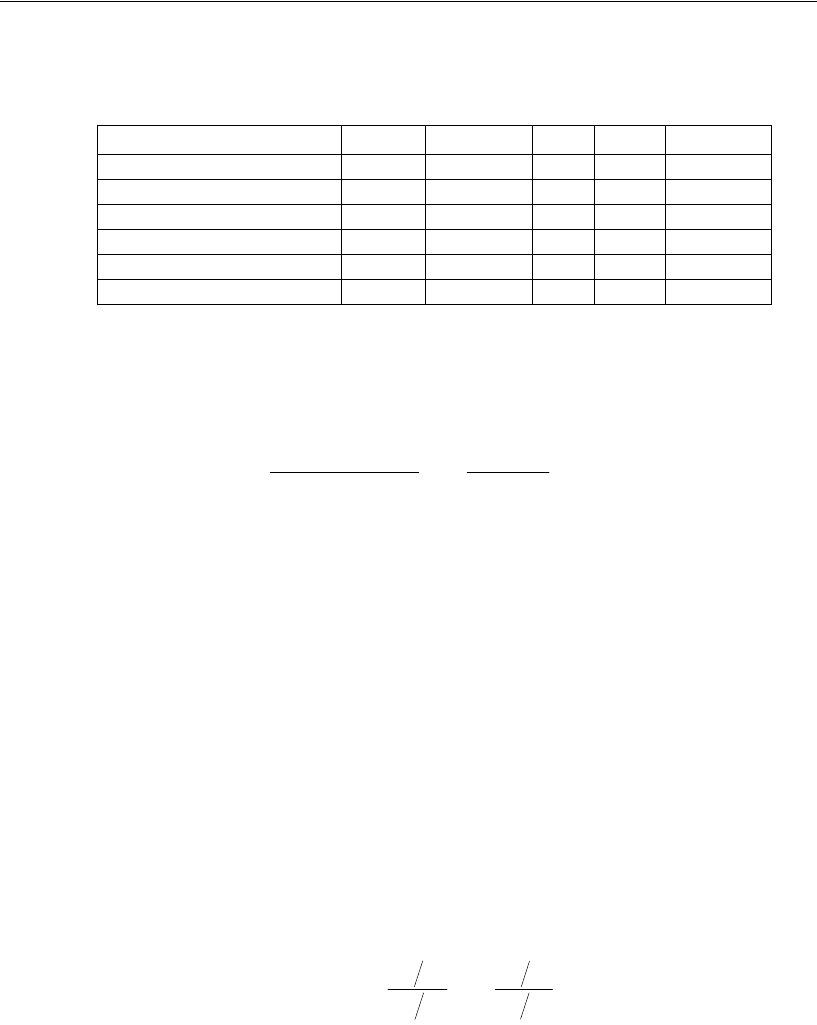
610
Appendix C
Looked at in this way, the fit of Model A is a lot closer to the fit of the saturated model
than it is to the fit of the independence model. In fact, you might say that Model A has
a discrepancy that is 96.6% of the way between the (terribly fitting) independence
model and the (perfectly fitting) saturated model.
Rule of Thumb
Since the scale of the fit indices is not necessarily easy to interpret (e.g., the
indices are not squared multiple correlations), experience will be required to
establish values of the indices that are associated with various degrees of
meaningfulness of results. In our experience, models with overall fit indices of
less than 0.9 can usually be improved substantially. These indices, and the general
hierarchical comparisons described previously, are best understood by examples.
(Bentler and Bonett, 1980, p. 600, referring to both the NFI and the TLI)
Note: Use the \nfi text macro to display the normed fit index value in the output path
diagram.
RFI
Bollen’s (1986) relative fit index (RFI) is given by
Model NPAR CMIN DF P CMIN/DF
Model A: No Autocorrelation 15 71.544 6 0.000 11.924
Model B: Most General 16 6.383 5 0.271 1.277
Model C: Time-Invariance 13 7.501 8 0.484 0.938
Model D: A and C Combined 12 73.077 9 0.000 8.120
Saturated model 21 0.000 0
Independence model 6 2131.790 15 0.000 142.119
966.
790.2131
54.71
1
790.2131
54.71790.2131
=−=
bb
bb
dF
dF
dC
dC
ˆ
ˆ
1
ˆ
ˆ
1RFI
1
−=−==
ρ
